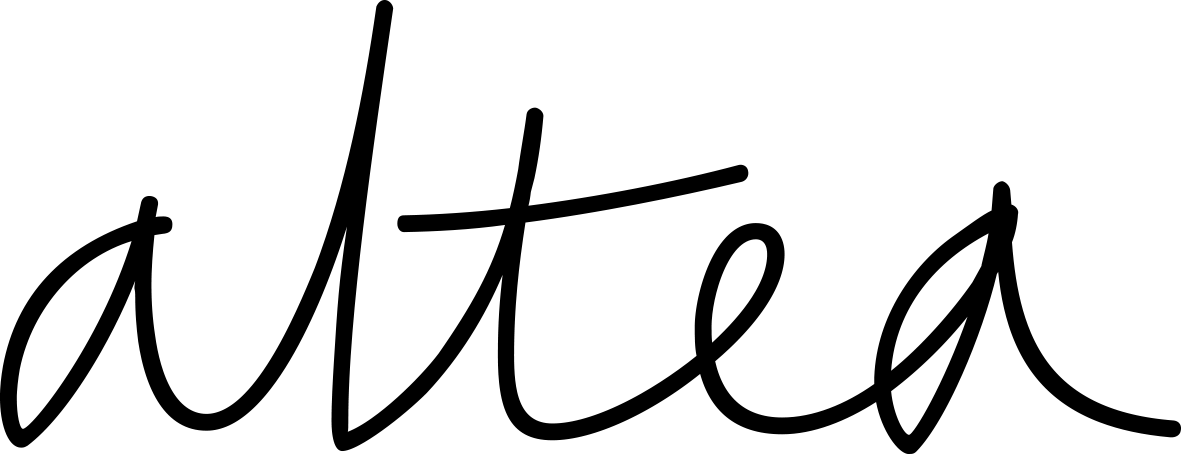Our Knitwear
KNITWEAR PRODUCTION
The majority of our production takes place in Italy and is spread across Umbria and Marche, which is renowned for being the heartland of fine Italian knitwear. For a small number of garments and accessories, we work with trusted artisans beyond this region, and we do this to ensure that they’re made in the most authentic way possible: our printed silk scarves are made in northern Italy in Como, which is known as the ‘Silk City’; we work with a specialist artisan in Tibet who weaves our yak scarves on hand-operated looms; we source our knitted jersey garments from a workshop in Portugal, simply because they’re the best in the business. These manufacturing suppliers always meet our high standards with excellent quality and consistency, and we aren’t against overseas manufacturing as long as it’s done in a way that’s ethical and socially responsible.
The majority of our production takes place in Italy and is spread across Umbria and Marche, which is renowned for being the heartland of fine Italian knitwear. For a small number of garments and accessories, we work with trusted artisans beyond this region, and we do this to ensure that they’re made in the most authentic way possible: our printed silk scarves are made in northern Italy in Como, which is known as the ‘Silk City’; we work with a specialist artisan in Tibet who weaves our yak scarves on hand-operated looms; we source our knitted jersey garments from a workshop in Portugal, simply because they’re the best in the business. These manufacturing suppliers always meet our high standards with excellent quality and consistency, and we aren’t against overseas manufacturing as long as it’s done in a way that’s ethical and socially responsible.
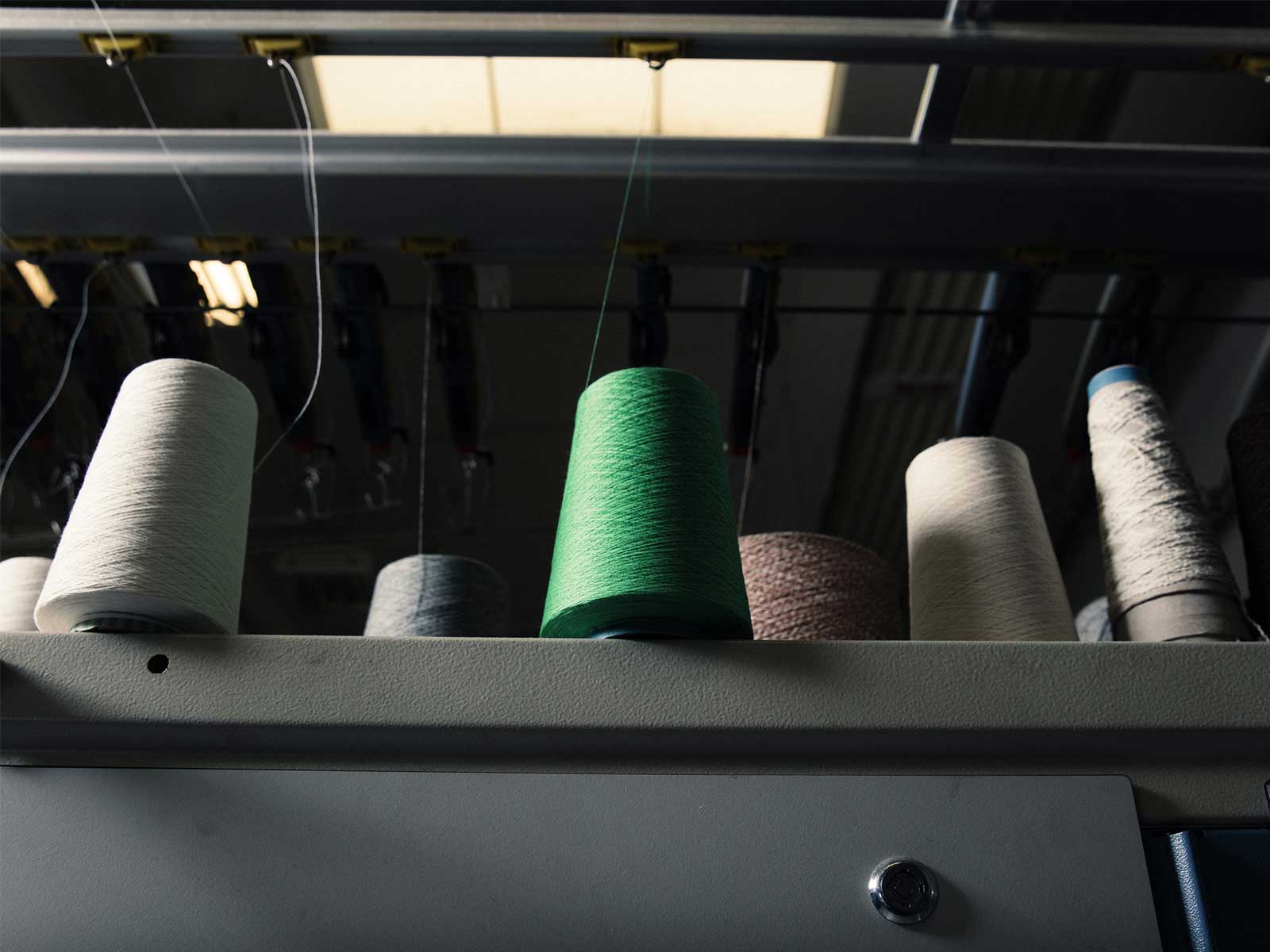
1. Yarn Preparation & Testing
Before we begin the garment production process, every single yarn has to be prepared and rigorously tested. This is because natural fibres often behave in unpredictable ways throughout the production process and so we need to fine-tune the process in order to create a consistent product every time. We check the fineness, strength, twist, evenness, durability and comfort of each one up to four times by creating swatches to carry out a range of different tests on. This time-consuming process is absolutely vital.
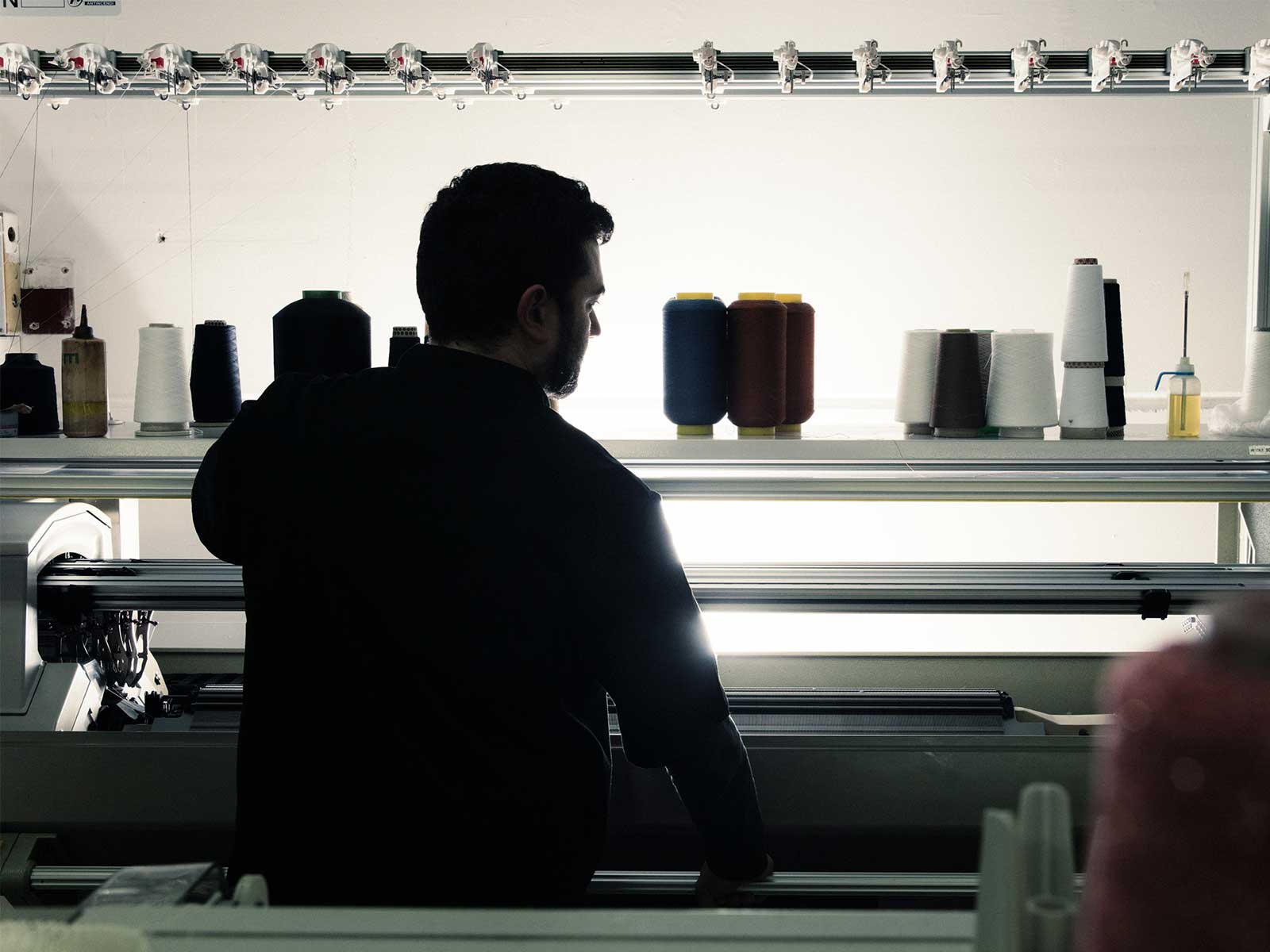
2. Piece Knitting
The Altea world consists of a vast number of different styles of full-fashioned and seamless knitwear and garments, all of which are produced by state of the art Japanese and German machinery that require a great deal of programming know-how. From ultra-thin 30-gauge to heavy-duty 3-gauge machines, both of which achieve wonderfully different results, we programme each machine and then knit the front, back, sleeves and ribbings all separately.
This process can take up to six hours depending on the complexity of the style, and once complete each part is placed on a light table and then rigorously inspected for imperfections. These are then either repaired by hand or discarded and recycled.
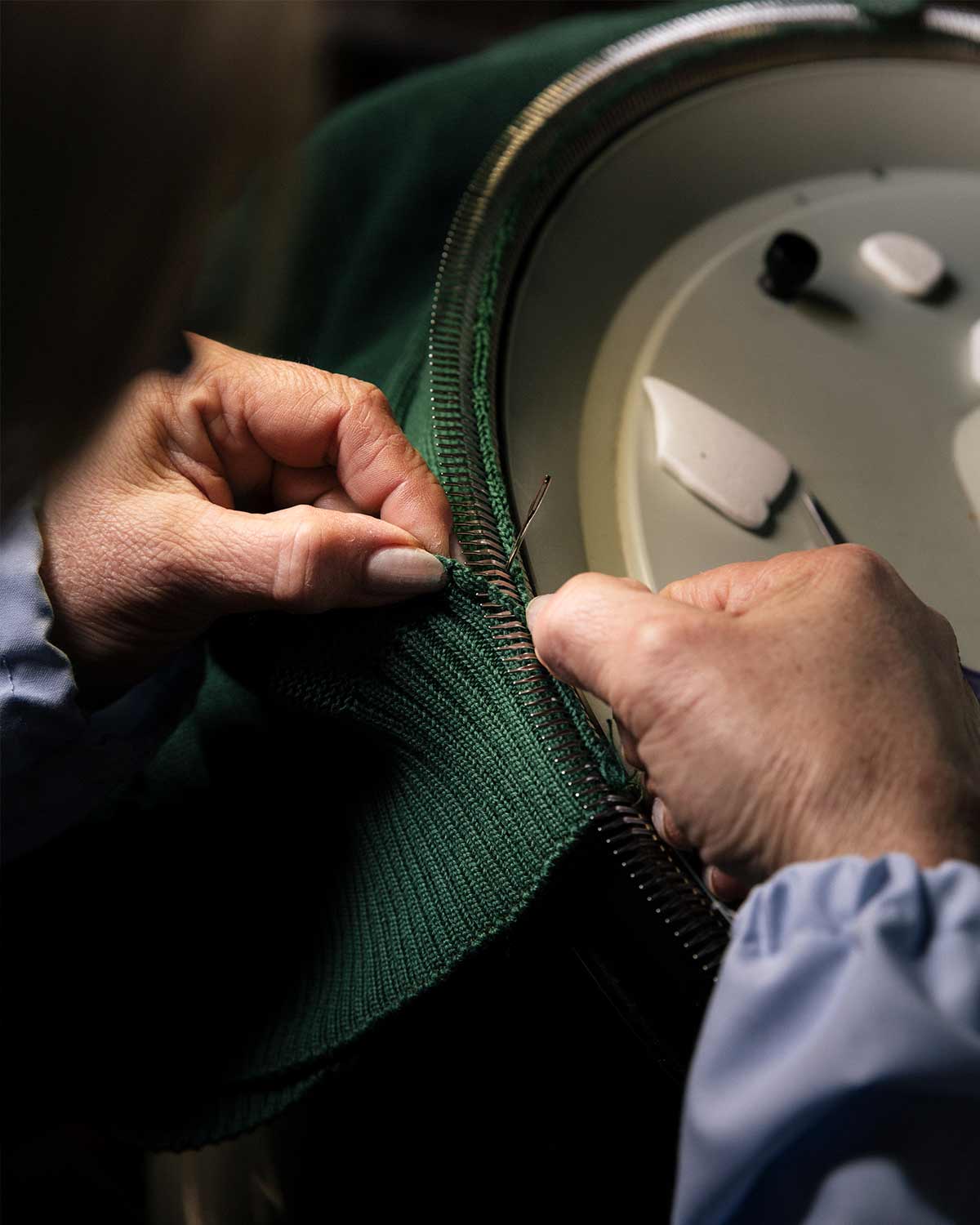
3. Hand-linking
Once all the main panels of the garment have been created, they’re then assembled by hand-linking. This is a slow and meticulous process – sometimes taking up to three hours for one garment – that requires a great deal of skill as each tiny knit-loop on the seams is attached to its corresponding part. As you’d expect, for thin and lightweight garments, this process is incredibly complex due to the fineness of the yarns that require steady hands and expert eyes. Overall, this process ensures that the garment features a smooth, straight and strong seam which will prevent it from losing its shape.
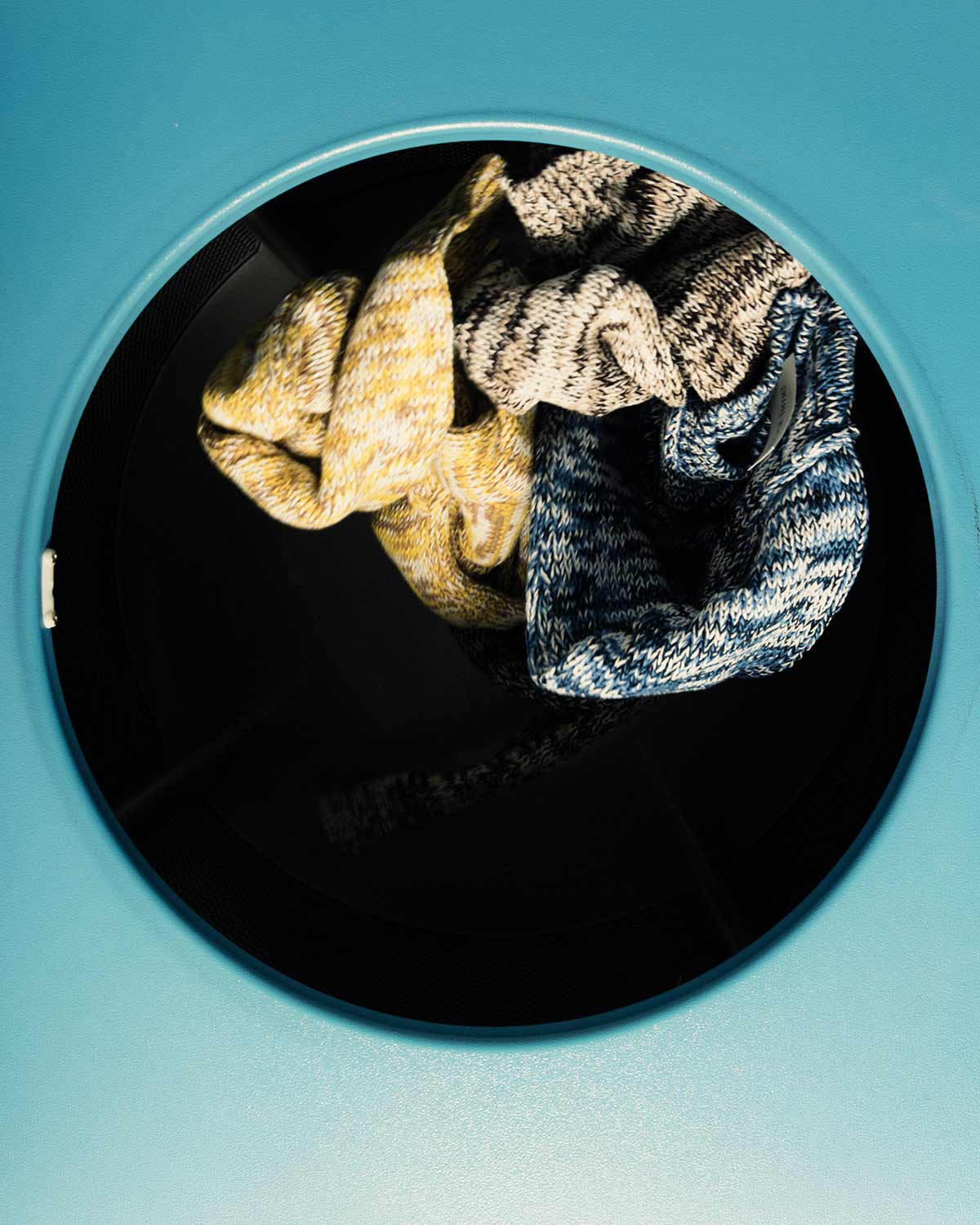
4. Dyeing/Washing/Treatments
It’s within the washing, dyeing and special treatment stages of our production that our garments come to life, for we’re able to inject Altea’s vibrant, visual character and substance. Due to the integrity of the fibres, when it comes to any of these final processes of each garment great care is necessary to ensure that they retain their natural and consistent properties.
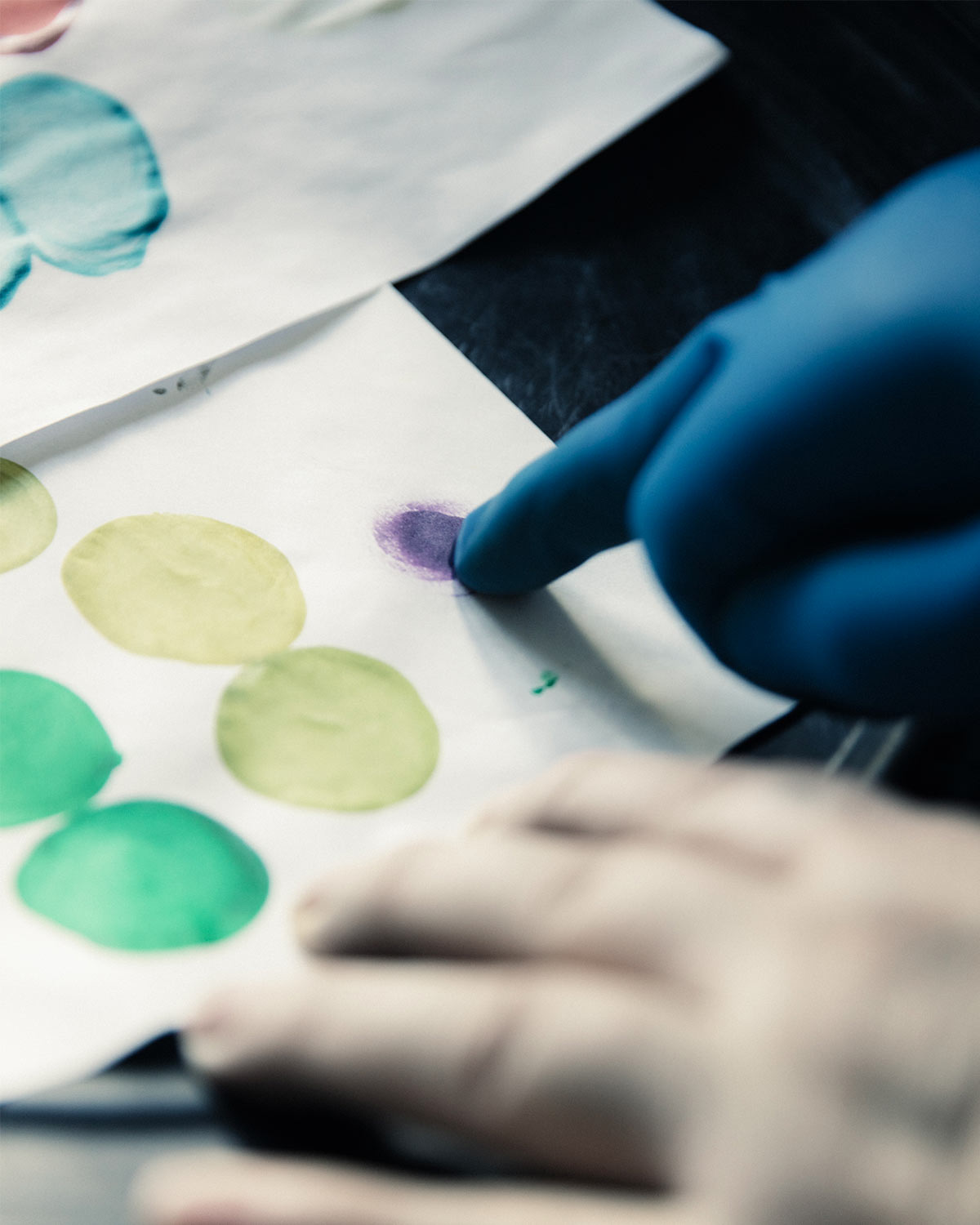
Washing
Every garment is carefully washed or dry-cleaned, which removes any oils and impurities that the garment collects during the production process. This first wash, however, is the most important – you wouldn’t recognise a garment without its first wash – as it’s what brings it to life. We spend a huge amount of time on this stage due to the number of variables involved. Whilst it sounds automated, we have technicians constantly inspecting the washes to check the softness of each individual garment.
Dyeing
Our team takes great pride in the range of dyeing processes we can create, which range from full garment dyeing to tie-dyeing. It’s a very delicate and risky process but decades of know-how reduce our margin for error. We also have products that are hand-painted, making each piece totally unique and special.
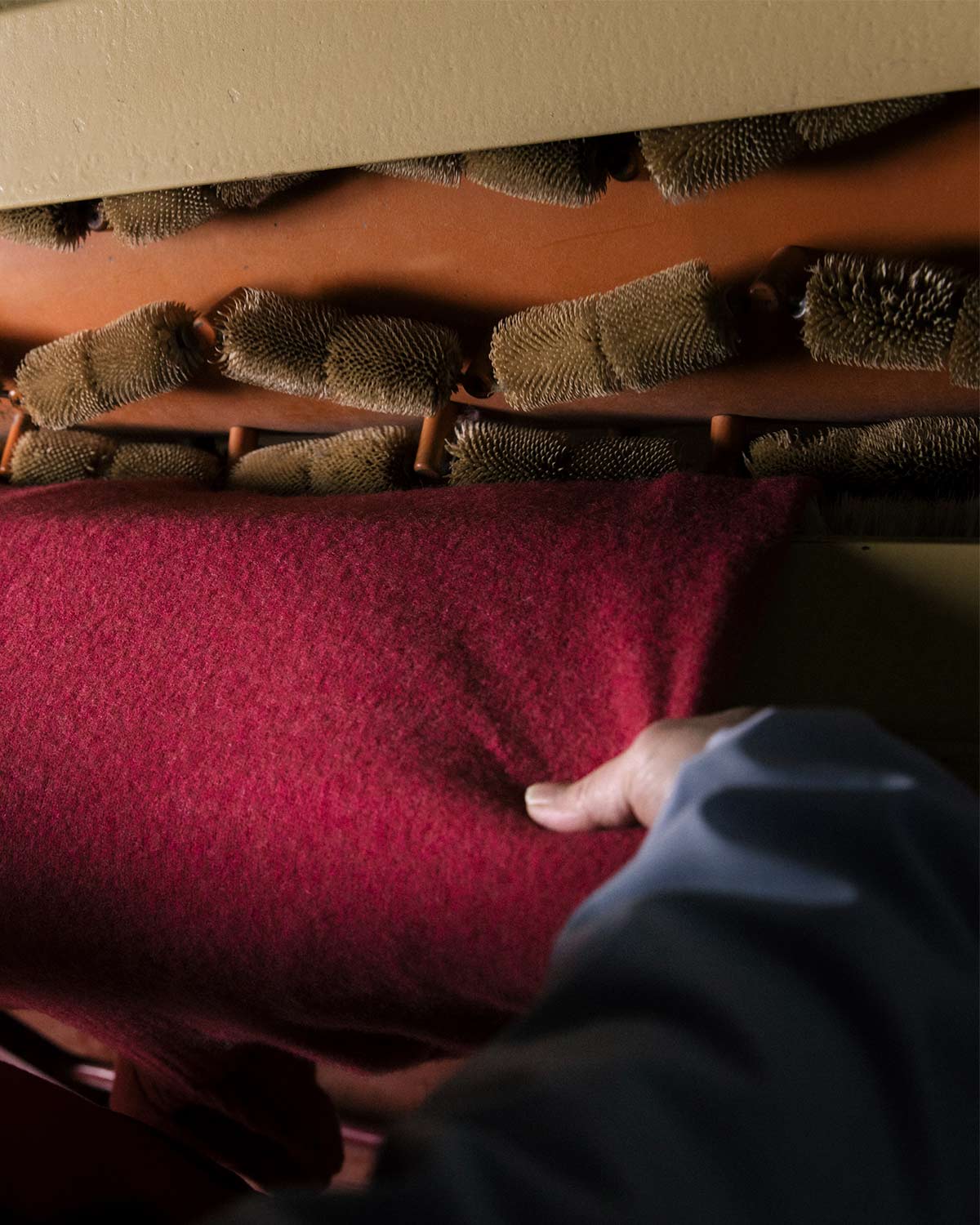
Brushing
Brushing is an essential step for a handful of styles, for instance, our signature Shetland jumpers which are beloved for their tactile, fuzzy look and feel. This is carried out by hand and we use plant thistles, which have been used for centuries to create this aesthetic.
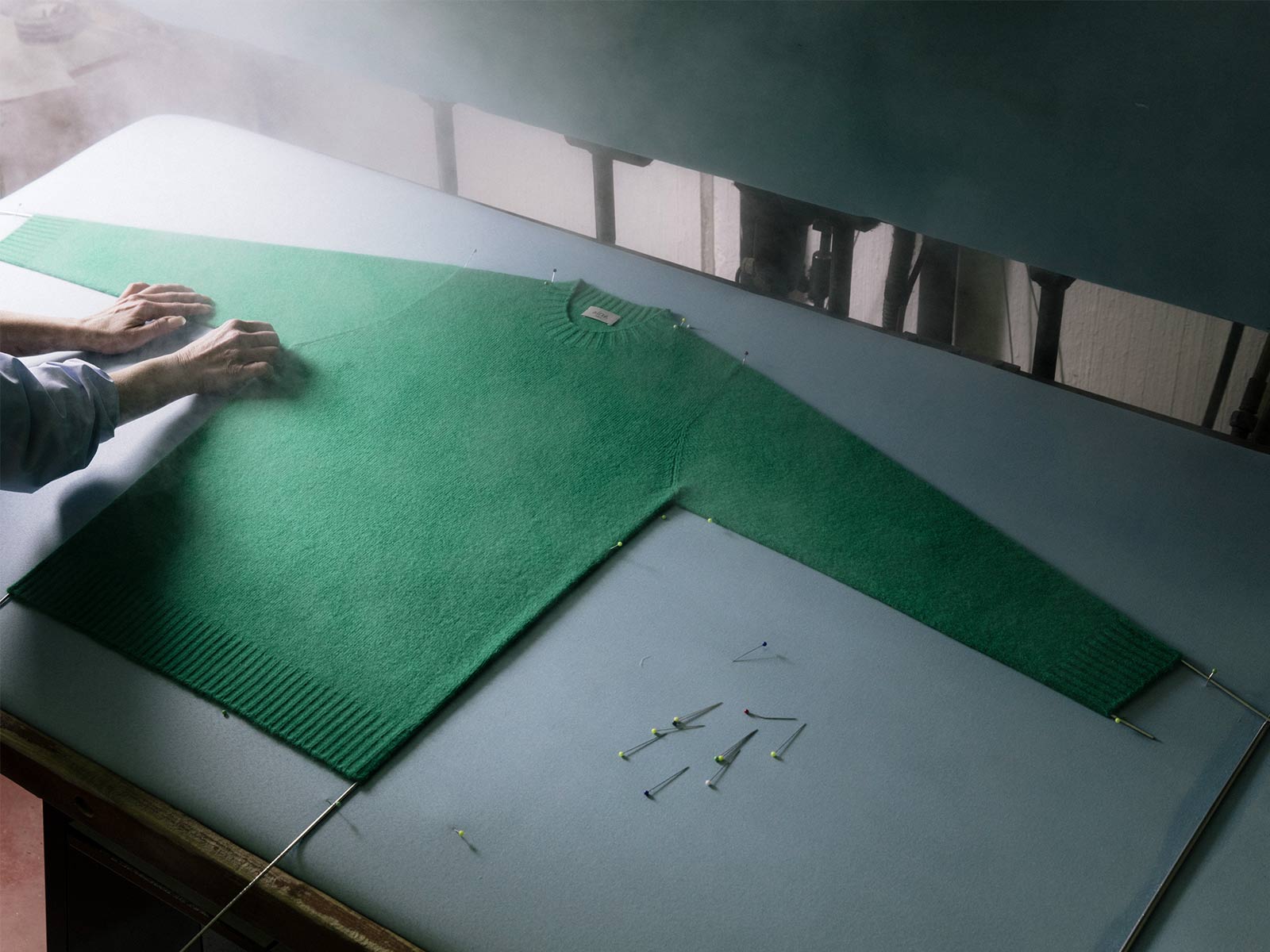
Pressing
There are many different ways of ironing a garment and it differs from style to style. Our preferred method is completely manual and therefore more time-consuming and labour-intensive as we iron one at a time. The fibres are still malleable at this stage and the team will check certain elements such as the sizing, which can be altered during the washing process, and by carefully ironing the garment they’re able to correct the shape.
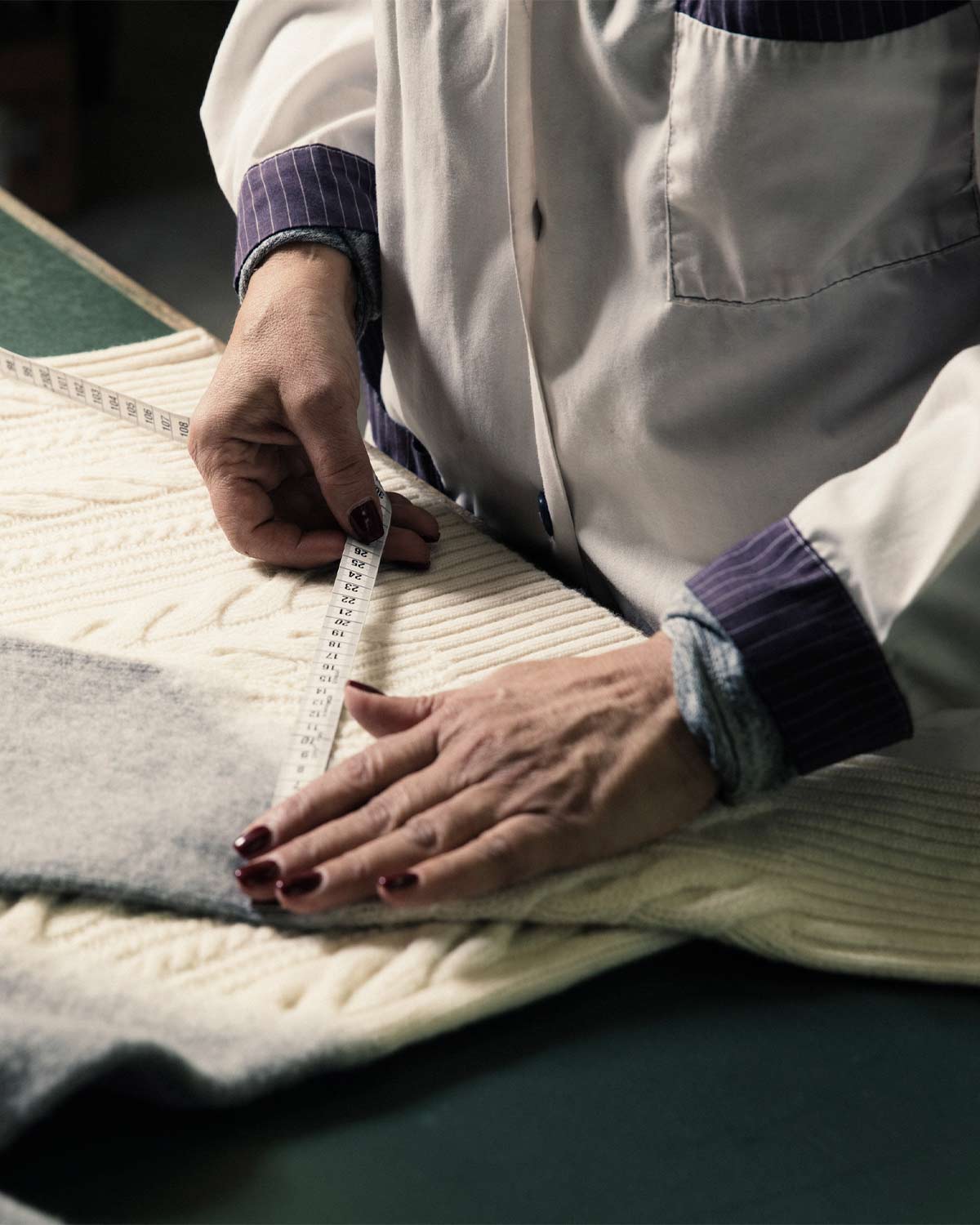
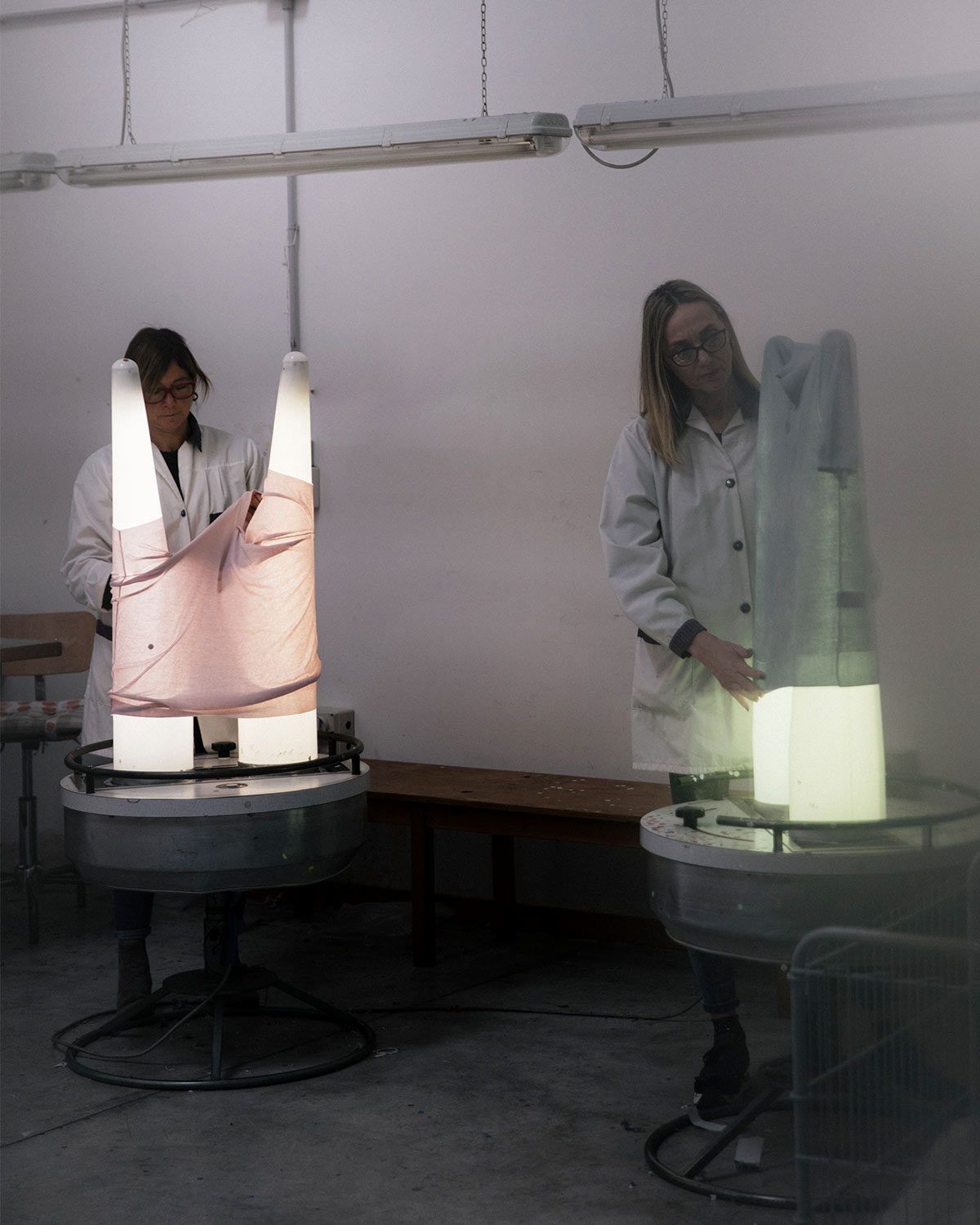
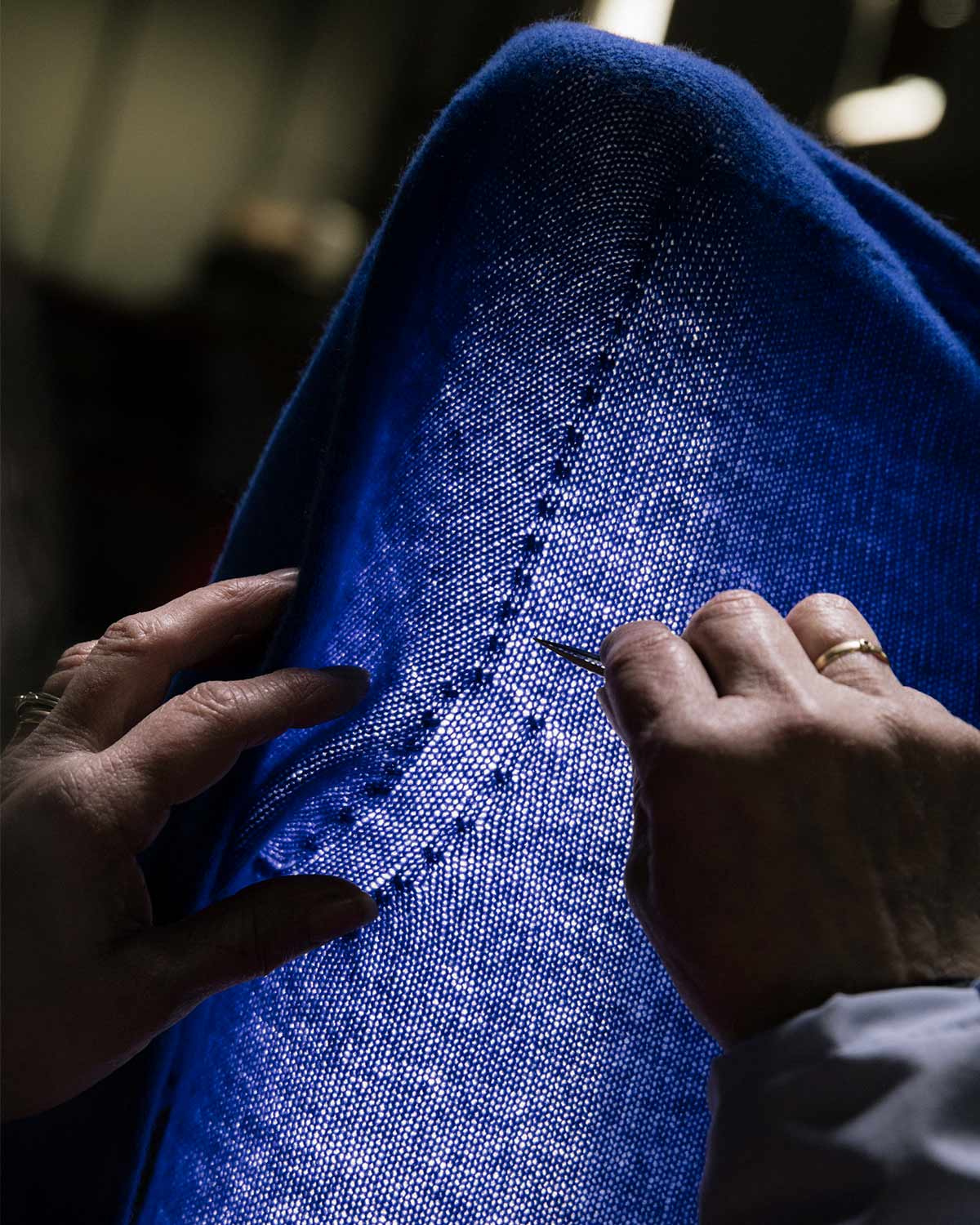
5. Quality Control
The quality control stage is perhaps the most important step in creating a garment, with every square inch closely inspected before our seal of approval – the Altea label – is carefully stitched into the garment.
Welcome, it seems that you are coming from we suggest you going to your country store
- (English)
- Afghanistan (English)
- Albania (English)
- Algeria (English)
- American Samoa (English)
- Andorra (English)
- Angola (English)
- Anguilla (English)
- Antarctica (English)
- Antigua & Barbuda (English)
- Argentina (English)
- Armenia (English)
- Aruba (English)
- Australia (English)
- Austria (English)
- Azerbaijan (English)
- Bahamas (English)
- Bahrain (English)
- Bangladesh (English)
- Barbados (English)
- Belarus (English)
- Belgium (English)
- Belize (English)
- Benin (English)
- Bermuda (English)
- Bhutan (English)
- Bolivia (English)
- Bosnia & Herzegovina (English)
- Botswana (English)
- Bouvet Island (English)
- Brazil (English)
- British Indian Ocean Territory (English)
- British Virgin Islands (English)
- Brunei (English)
- Bulgaria (English)
- Burkina Faso (English)
- Burundi (English)
- Cambodia (English)
- Cameroon (English)
- Canada (English)
- Cape Verde (English)
- Caribbean Netherlands (English)
- Cayman Islands (English)
- Central African Republic (English)
- Chad (English)
- Chile (English)
- China (English)
- Christmas Island (English)
- Cocos (Keeling) Islands (English)
- Colombia (English)
- Comoros (English)
- Congo - Brazzaville (English)
- Congo - Kinshasa (English)
- Cook Islands (English)
- Costa Rica (English)
- Croatia (English)
- Cuba (English)
- Curaçao (English)
- Cyprus (English)
- Czechia (English)
- Côte d’Ivoire (English)
- Denmark (English)
- Djibouti (English)
- Dominica (English)
- Dominican Republic (English)
- Ecuador (English)
- Egypt (English)
- El Salvador (English)
- Equatorial Guinea (English)
- Eritrea (English)
- Estonia (English)
- Ethiopia (English)
- Falkland Islands (English)
- Faroe Islands (English)
- Fiji (English)
- Finland (English)
- France (English)
- French Guiana (English)
- French Polynesia (English)
- French Southern Territories (English)
- Gabon (English)
- Gambia (English)
- Georgia (English)
- Germany (English)
- Ghana (English)
- Gibraltar (English)
- Greece (English)
- Greenland (English)
- Grenada (English)
- Guadeloupe (English)
- Guam (English)
- Guatemala (English)
- Guernsey (English)
- Guinea (English)
- Guinea-Bissau (English)
- Guyana (English)
- Haiti (English)
- Heard & McDonald Islands (English)
- Honduras (English)
- Hong Kong SAR China (English)
- Hungary (English)
- Iceland (English)
- India (English)
- Indonesia (English)
- Iran (English)
- Iraq (English)
- Ireland (English)
- Isle of Man (English)
- Israel (English)
- Italy (English)
- Jamaica (English)
- Japan (English)
- Jersey (English)
- Jordan (English)
- Kazakhstan (English)
- Kenya (English)
- Kiribati (English)
- Kosovo (English)
- Kuwait (English)
- Kyrgyzstan (English)
- Laos (English)
- Latvia (English)
- Lebanon (English)
- Lesotho (English)
- Liberia (English)
- Libya (English)
- Liechtenstein (English)
- Lithuania (English)
- Luxembourg (English)
- Macau SAR China (English)
- Macedonia (English)
- Madagascar (English)
- Malawi (English)
- Malaysia (English)
- Maldives (English)
- Mali (English)
- Malta (English)
- Marshall Islands (English)
- Martinique (English)
- Mauritania (English)
- Mauritius (English)
- Mayotte (English)
- Mexico (English)
- Micronesia (English)
- Moldova (English)
- Monaco (English)
- Mongolia (English)
- Montenegro (English)
- Montserrat (English)
- Morocco (English)
- Mozambique (English)
- Myanmar (Burma) (English)
- Namibia (English)
- Nauru (English)
- Nepal (English)
- Netherlands (English)
- New Caledonia (English)
- New Zealand (English)
- Nicaragua (English)
- Niger (English)
- Nigeria (English)
- Niue (English)
- Norfolk Island (English)
- North Korea (English)
- Northern Mariana Islands (English)
- Norway (English)
- Oman (English)
- Pakistan (English)
- Palau (English)
- Palestinian Territories (English)
- Panama (English)
- Papua New Guinea (English)
- Paraguay (English)
- Peru (English)
- Philippines (English)
- Pitcairn Islands (English)
- Poland (English)
- Portugal (English)
- Qatar (English)
- Romania (English)
- Russia (English)
- Rwanda (English)
- Réunion (English)
- Samoa (English)
- San Marino (English)
- Saudi Arabia (English)
- Senegal (English)
- Serbia (English)
- Seychelles (English)
- Sierra Leone (English)
- Singapore (English)
- Sint Maarten (English)
- Slovakia (English)
- Slovenia (English)
- Solomon Islands (English)
- Somalia (English)
- South Africa (English)
- South Georgia & South Sandwich Islands (English)
- South Korea (English)
- Spain (English)
- Sri Lanka (English)
- St. Barthélemy (English)
- St. Helena (English)
- St. Kitts & Nevis (English)
- St. Lucia (English)
- St. Martin (English)
- St. Pierre & Miquelon (English)
- St. Vincent & Grenadines (English)
- Sudan (English)
- Suriname (English)
- Svalbard & Jan Mayen (English)
- Swaziland (English)
- Sweden (English)
- Switzerland (English)
- Syria (English)
- São Tomé & Príncipe (English)
- Taiwan, Province of China (English)
- Tajikistan (English)
- Tanzania (English)
- Thailand (English)
- Timor-Leste (English)
- Togo (English)
- Tokelau (English)
- Tonga (English)
- Trinidad & Tobago (English)
- Tunisia (English)
- Turkey (English)
- Turkmenistan (English)
- Turks & Caicos Islands (English)
- Tuvalu (English)
- U.S. Outlying Islands (English)
- U.S. Virgin Islands (English)
- Uganda (English)
- Ukraine (English)
- United Arab Emirates (English)
- United Kingdom (English)
- United States (English)
- Uruguay (English)
- Uzbekistan (English)
- Vanuatu (English)
- Vatican City (English)
- Venezuela (English)
- Vietnam (English)
- Wallis & Futuna (English)
- Western Sahara (English)
- Yemen (English)
- Zambia (English)
- Zimbabwe (English)
- Åland Islands (English)

